Contact
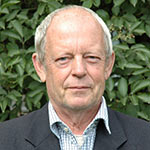
Clas Tollin, Researcher, Division of Agrarian History, SLU +4618671665, +46706091486
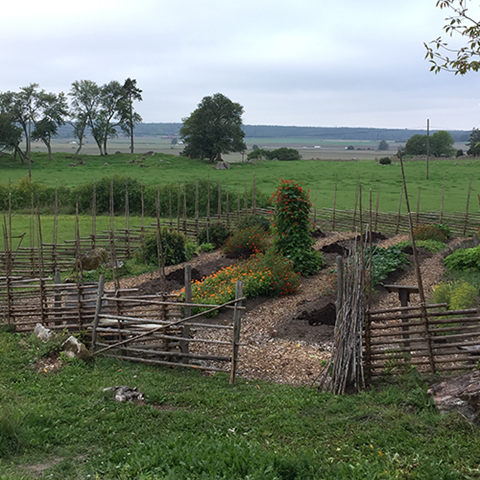
A presentation of our work with the vegetable garden, hop garden, pastures and much more.
Only older varieties are used, and some of the plant material and seeds come from NordGen in Alnarp and Pom (the Programme for Diversity of Cultivated Plants). Some of the perennials come from Linnaeus' birthplace Råshult in Småland. Weeding and irrigation is handled manually, as well as soil preparation and manuring. The cultivation is based on historical (organic) principles, without modern pesticides and with natural manure.
Today's vegetable garden lies within the same area where Mauritz Ridderbjelke, Linnaeus' granddaughter's child, initiated the construction of a vegetable garden in 1841. Several historical vegetables and garden plants are cultivated here, aiming to imitate a vegetable garden from the a 18th century peasant household. It was common to cultivate according to a three-year plant sequence: cabbage plants year one, root vegetables year two, and peas year three. In this way, the cultivation was adapted to the nutritional needs of the plants, which was particularly important during a time when manure, especially nitrogen, was in short supply. Spices, medicinal plants and ornamental plants are grown in the southernmost part of the vegetable garden. In Linnaeus’ time, the cabbage farm was located west of the main building.
The hop garden is located on the same land as during the 1600s and 1700s. The garden include 40 poles (hives) today, but was considerably larger in Linnaeus time. It is managed by older cultivation methods. The plant material consist of older local hop clones, collected from the Julita gene bank.
In the peasant society of the 18th century, beer was an important source of nutrition. It accounted for about ¼ of calorie intake. Its two main ingredients are barley (malt) and hops, where hops have a preservative effect. Therefore, it was important for Sweden to be self-sufficient in hops in the case of war and blockade. Since the 1400s every farmer was obliged by law to keep at least 40 hop poles (later increased to 200) to avoid shortage.
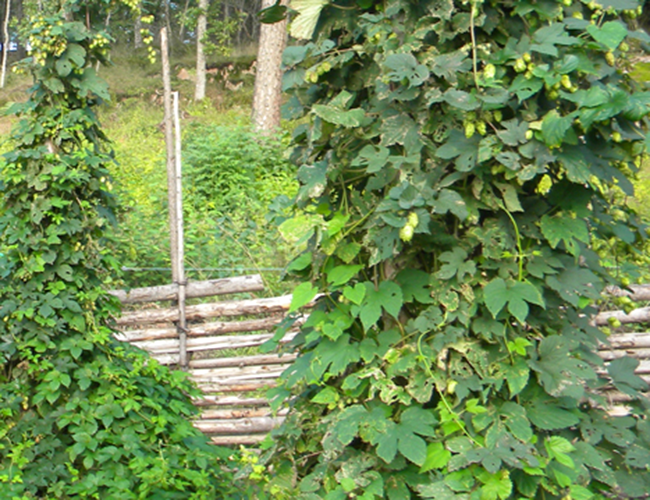
Image above: Hop poles. Photo: Clas Tollin.
According to the allotment system that king Charles XI introduced, Hammarby was to provide the crown two military horsemen, horses and equipment for the soldiers. The soldiers were peasants as well and farmed smaller cultivated plots. Their crofts were often situated close to the poorer soil on the border to the backwoods. A small field located 200m northwest of Hammarby's farmyard was called Ryttarvreten (literal Horseman field) even before Linné bought Hammarby.
The croft that is placed there today was moved there in the late 19th century and is called Gladens torp (literal Gladen’s croft), probably after a soldier. On a map from 1887 there is also a barn, which stone foundation still can be seen. The hall at the front has been built later. The roundpole fence that surrounded the croft and separated the field from the forest in the 19th century has been rebuilt, as well as a garden patch were potatoes and other plants are grown.
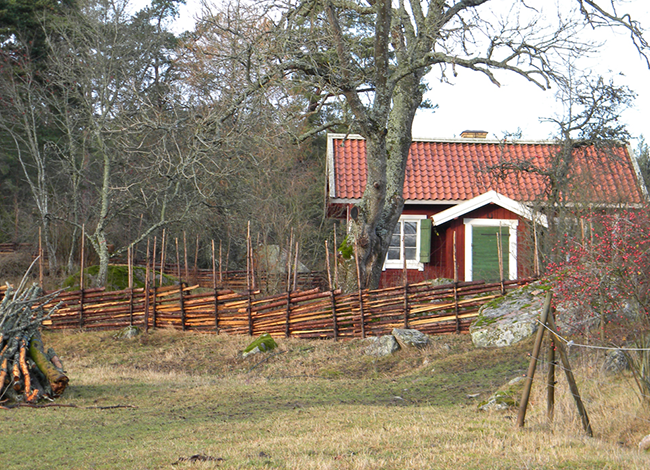
Image above: The Horseman's croft. Photo: Clas Tollin.
The greater parts of the agricultural land were fields, meadows and pastures during the 18th century. Hammarby's fields were managed in a two-field system. That means, half of the total arable land of 70 acres was cultivated each year while the other half was left fallow. The Division of Agrarian History at SLU is recreating the two-field system on two smaller historical fields. Half the land is cultivated with barley and the other half with (winter) rye. The sowing is managed by hand, with older regional varieties when possible. The crops are grown in accordance with the land use on the Great Partition map (storskifteskartan) from 1763/64, but due to limited resources only a smaller part of the historical field can be cultivated in this way.
To avoid the animals to enter the fields where grain grew, the fence between and around the fields was important. The haylands were also fenced with round pole fence to keep animals away from the growing grass. Round pole fences have been set up along parts of the historical stretches.
Traditionally, the backwoods were the most important areas for animal grazing. During the season of 2018, about 20 cattle and 30 sheep grazed at Linnaeus’ Hammarby, partly on the surfaces that used to be fields when Linnaeus lived and partly on the forested parts of the cultural reserve. The animals are crucial for keeping the landscape open and well preserved. The Division of Agrarian History also works with mobile electrical fences to be able to control the pasturage in a historically correct way. The animals are being looked after by their owner.
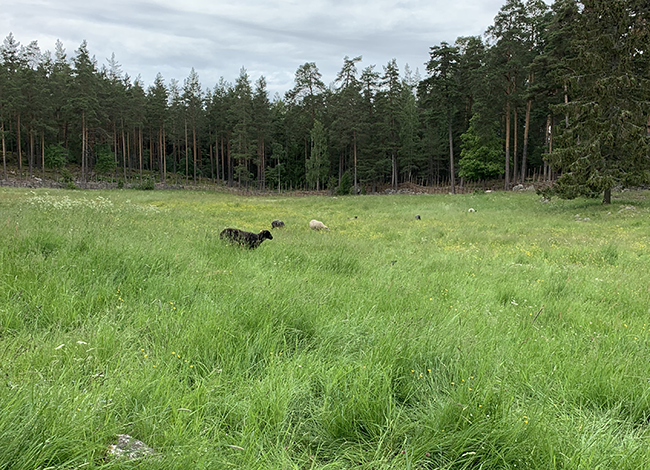
Image above: Sheep grazing the Horseman's field. Photo: Marta Karlström.
Hay was the primary winter feed for the animals, but straw and leaves were also used. In Uppland, certain deciduous trees were pollarded, meaning twigs were cut at intervals of every couple of years. Mainly linden and ash were pollarded, but leaf fodder could also be gathered from other trees. This practice contributed to the characteristic form of the trees. In order to preserve and feature this long tradition, the ashes in particular are still continually pollarded. The Division of Agrarian history has picked up pollarding on several old trees that had been neglected in the cultural reserve.
In the 18th century the farmland was divided into a large number of allotments, separated by ditches and grass strips. Several open ditches are left since Linnaeus’ time and are maintained by continuous clearance and mowing.

Clas Tollin, Researcher, Division of Agrarian History, SLU +4618671665, +46706091486